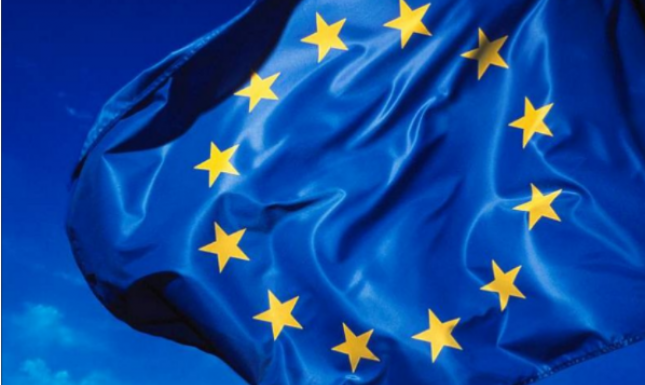Improving the EU Response to Pandemics: key lessons from other crisis management domains
As the European Union (EU) is now facing its COVID-19 second wave, what can it do better to respond to pandemics? The spring coronavirus crisis exposed a lack of coordination between Member States and the limits of the current EU framework for answering to pandemics and health emergencies. Member States unilaterally adopted a series of uncoordinated border closures, varying confinement and testing strategies, and national measures restricting the free circulation of masks. These measures limited the EU’s effectiveness in combatting the disease and created threats to the well-functioning of the single market and the Schengen Area.
In an article published in the European Journal of Risk and Regulation, we argue that the EU can improve its crisis preparedness and response capacity by looking into other domains of EU crisis management.
Coordination is traditionally a challenging issue in crisis management, but it is even more so in the EU, where multiple layers of authorities need to cooperate. Two dimensions are critical in this regard: who has the power to make decisions: the EU or Member States? How can the EU enforce solidarity in crisis management: through binding arrangements or incentives?
These dimensions point to the limits of the current EU Health security framework, which mostly relies on the 2013 EU Decision (1082/2013/EU) on serious cross-border health threats. In a nutshell, the framework relies mostly on Member States decision-making, and the EU has little power to incentivise cooperation between Member States.
In the case of risk surveillance, the European Centre for Disease Control, and an Early Warning System, failed to anticipate the pandemic. Joint preparedness at EU level is insufficient since the 2013 Decision does not incentivise the sharing of plans or the adoption of common standards. Likewise, coordination proved to be a weak point during COVID-19: the Health Security Committee, which reunites Member States, failed to impose joint measures, mostly because of the legal framework that allowed Member States to adopt unilateral measures in case of emergency.
To remedy such limits, various voices have called for a European Health Union. However, such an approach would possibly require a revision of treaties, which takes time and is an uncertain process. Nevertheless, the EU has at its disposal a variety of tools to coordinate Member States’ crisis preparedness and response, even when EU competences are limited as it is with health. Indeed, over the past two decades, the EU has not only developed monitoring and decision-making capacities at the EU level, it also has adopted multi-level arrangements across policy domains to steer coordination between Member States, streamlining crisis preparedness and response.

We identify three possible models for improving the EU’s response to health emergencies.
The first one, originating from the electricity sector, relies on national decision-making (as does health), but with more substantial obligations and incentives to coordinate. To do so, it uses two main tools: the adoption of common emergency standards, as well as the harmonisation of preparedness through a Regulation (2019/941/EU) that requires a monitoring of Member States’ plans at the EU level, a pre-agreed approach to assistance, and regional coordination.
Food safety provides a second model, with a higher degree of integration. Food safety is a shared competence, but the Commission has the power to audit national crisis plans and adopt emergency measures related to the functioning of the single market. The European Food Safety Agency (EFSA) is also contributing to crisis preparedness and surveillance at the EU level. A committee, including representatives of Member States, the Commission, and the EFSA also designates crisis coordinators before crises happen.
The third model is the most integrated one and corresponds to a full supra-nationalisation of crisis management. This option is less common since Member States are often reluctant to give up their crisis management powers. In theory, this approach solves coordination problems. However, as the banking crisis management case suggests, in practice supra-nationalisation is difficult to implement given heterogeneity of conditions, Member States’ ability to exploit loopholes, and the legitimacy a centrally-defined solution lacks.
These caveats should warn against a supra-nationalisation of health crisis management, which – as lockdown-type measures suggest – requires both local action and a high level of legitimacy to be accepted and effective.
What can we conclude from this rapid overview of available ‘tools’ to coordinate EU actions in times of crisis?
The best option to improve the EU’s ability to respond to health crises is to strengthen coordination of surveillance, crisis preparedness and response, while respecting the current treaties. In practice this means: harmonising pandemics preparedness templates, empowering the ECDC and Health Security Committee to audit national plans and emit recommendations, clarifying the role of the Health Security Committee in times of crisis, and designating crisis coordinators and committees prior to crisis in order to facilitate coordination and sharing of information.


